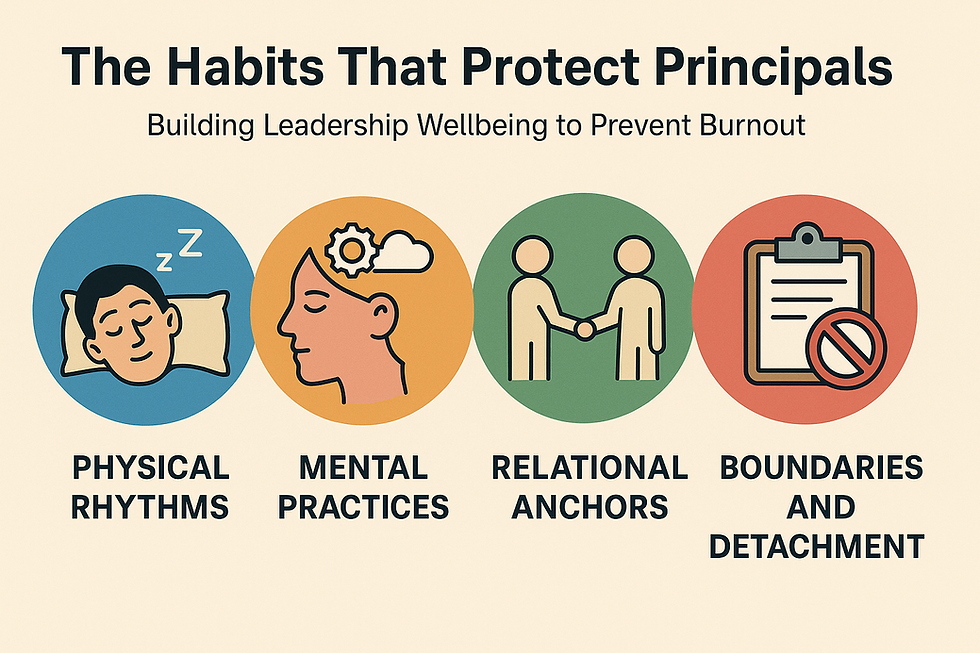Bite Sized Leadership: Make Mistakes
- Andre J. Wicks

- Apr 15, 2023
- 3 min read
Updated: Apr 18, 2023
Bite Sized Leadership is an ongoing de facto project. There is no such thing as the top 10 leadership characteristics. Leadership is an ever evolving existence with infinite challenges and opportunities. Enjoy the first reading of Bite Sized Leadership.
The best leader is a perfect leader, right? Wrong. It is human nature to want to hide mistakes. We have been conditioned to do so. Ever since we were in diapers, a mess means trouble. Right? Wrong.
Think about the psychological impact that has over time. To yourself, and those around you. The shame and stress from judgement over blunders starts with parents and caregivers. It can carry over into school, athletics, even leisure. Making mistakes is scary even in our most loving and trusting relationships. Then the unthinkable happens. We repeat the behavior of shaming, explicitly and implicitly, when others around us mess up. This is learned behavior.
The impact that has in the workplace, at home, and in relationships can stymie the environment. The impact can prevent progress. Shoot, it could even make matters worse and regress.
I firmly believe that any organization that is on the continuum of continuous improvement wants to do better. Whether you are a business wanting to increase sales or customer satisfaction, or a non-profit trying to serve clients with dignity, or a school district trying to authentically increase graduation rates; all strive to do better. I believe it was Mya Angelo that said, “When you know better, you do better.”
If the desire is to do better, why all this talk about messing up? This is supposed to be a bite sized nugget of leadership wisdom, so why focus on the negative? Well, it is because making mistakes is not inherently bad. I am going to say that again…making mistakes is not always a bad thing. In fact, most of the time, there is a silver lining in mistakes that threads perfectly into the stitch work of success up ahead.
Great leaders have humility and a fierce resolve (compliments to Jim Collins, author of Good to Great). Leaders, if I may, you want your teams to come to work and be willing to take risks. You want your teams to try new things, to innovate. You want your teams to take what has worked and make it better, to take what has not worked and make it work, and to stop doing things that add no value to the organization or its stakeholders. This kind of environment requires teams to not fear failure. But, how do leaders create such an environment?

Mess up. Make mistakes. Take risks. Fail. Counterintuitive to most anything you will ever read or hear about leadership, right? Back to the opening remarks, what happens when parents and caregivers actually honor the mistake? What if instead of developing fear and shame we learned that failure just is what it is. One attempt that didn’t go the way we wanted, so learn and move forward. Shame free.
Now, leaders can’t be a recurring screwup and expect to effectively model the humility required to establish an environment where risk taking and failure is welcomed and expected. But, leaders can and should humanize themselves. There is nothing more fear inducing and demotivating than when your leader appears to be perfect and appears to never make mistakes. Or, worse yet, obviously makes mistakes, then tries to cover them up. That will completely erode your culture of trust.
Leaders, you want you teams to leverage their collective expertise. Your humility will invite them to do so. Lack of humility will cause your teams to remain silent rather than offer ideas; they will swallow their pride rather than challenge the team’s thinking.
Take a bite of that and chew on it.
Published by Andre J. Wicks Author | Principal | Consultant



Comments